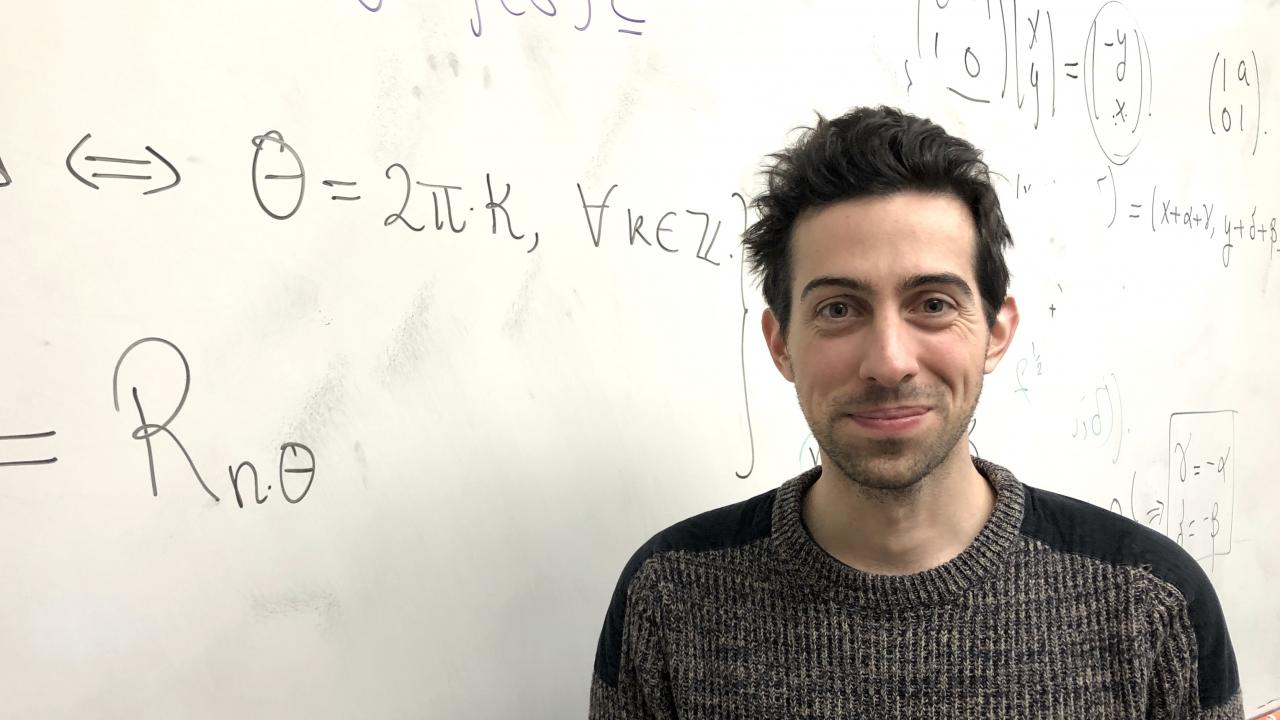
Sloan Fellowship for Mathematician Roger Casals
Have you ever admired sunlight glittering on waves, mused over the cusp of light in your morning coffee cup, or eyed the highlight on a polished cue ball? What you were looking at was an optical phenomenon called a caustic.
Caustics are patterns that emerge from the reflection of light rays from surfaces — such as the glitter of sunlight on wavelets in the UC Davis Arboretum. The mathematics that explains caustics is called contact geometry. That’s the speciality of Roger Casals Gutierrez, assistant professor in the Department of Mathematics. Casals was recently awarded both a Sloan Research Fellowship and a NSF CAREER award to support his work.
Other objects can be described with the same math as optical caustics, Casals said. Take for example a car making repeated attempts to reverse into a parking space. The car has a limited number of ways to move and its motion can be described with the same formulas as light bouncing off a surface.
“I’m very drawn to these underlying phenomena,” Casals said.
One of the characteristics of contact geometry is that it takes what seem to be complicated interactions — such as all the different ways light rays could bounce off a surface — and finds a limited number of solutions, such as the bright curve in your morning coffee. Casals has developed mathematical tools to describe the caustics formed by particular interactions, proving new results in geometry and connecting them to other fields.
Classically, the main application of contact geometry has been in control systems, Casals said. Control systems allow people to interact with complex machinery, vehicles or robots. The goal is to carry out complex tasks with a simple set of commands or controls.
But contact geometry has spread far beyond controls. It turns out to have connections to string theory, which seeks to explain all fundamental particles and forces in the universe as tiny, vibrating, one-dimensional strings.
So next time you gazing into your morning coffee, you’re connecting with the basic mathematics of the universe.
— Andy Fell, for the UC Davis Egghead blog
